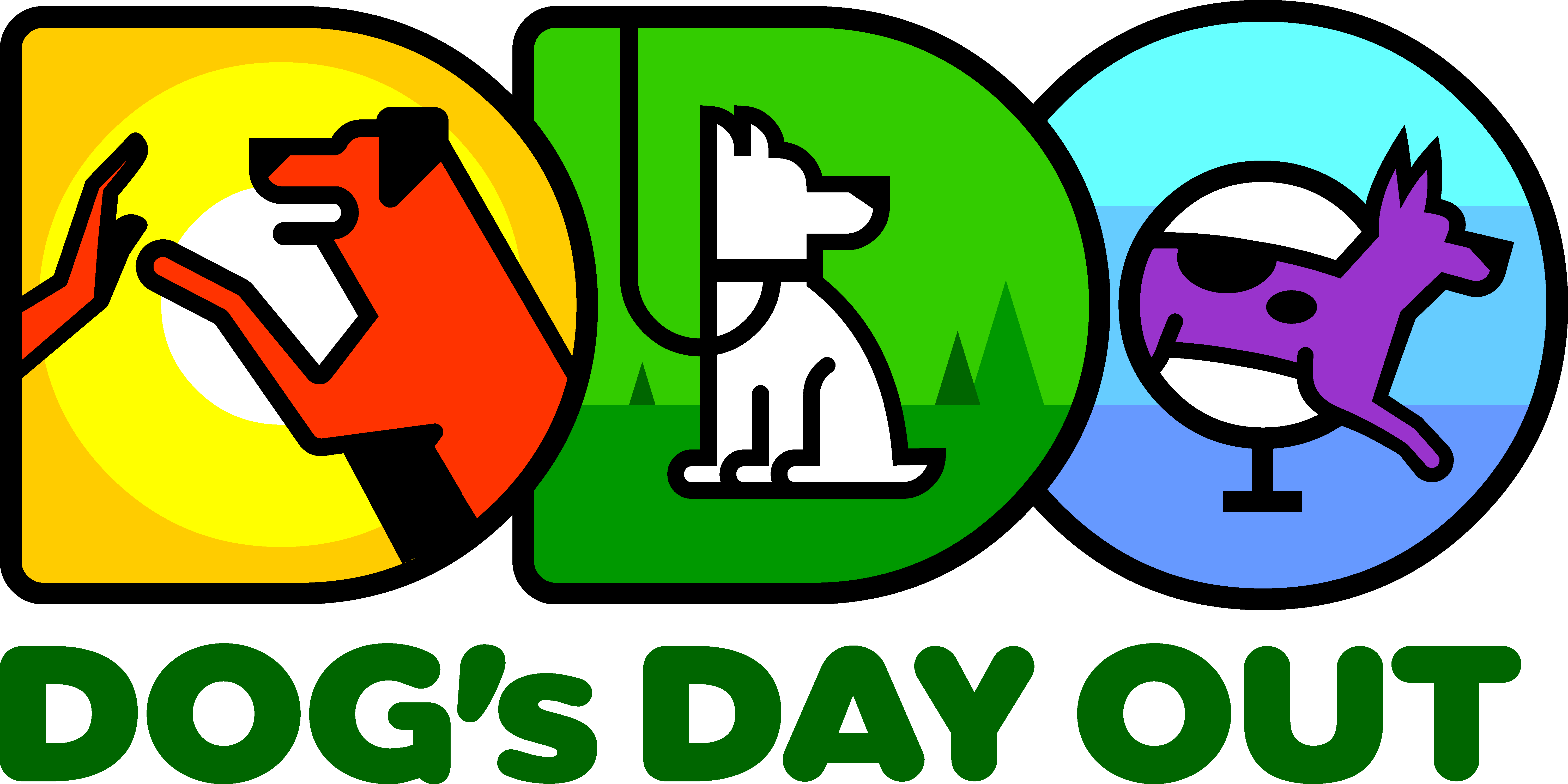What is a “reactive” dog? Reactive dogs are dogs who are displaying certain behaviors when in the presence of their triggers. These behaviors may include: barking, lunging, pulling, whining and the inability to engage with their human handler in that moment. Triggers may be dogs, people, squirrels, bikes, skateboards…). Many dogs exhibiting these behaviors on-leash are fine with others when off-leash (or at least have a doggie friend or two). Dogs may be showing these behaviors out of fear (“don’t let that dog/person get any closer to me!”) or frustration (“I really, really, really want to go say HIIIIII!).
Our ultimate goal for reactive dog training is to change how our dog feels (and thus how they respond) to their triggers. Meaning, we no longer have to “tell our dog what to do” on a walk, rather, by changing his emotional state around the trigger, we can change his behavior and his response. As we get to that ultimate goal, we may still have to teach our dog some specific cues to get us through of the moment so, in this class, you will also learn specific cues to use with your dog to start, and when needed.
For an idea of what we cover in this type of training READ THIS.
REACTIVE REDO: 6-week class aimed primarily at reactive dogs that bark, lunge, snap etc. towards other dogs and/or people when on-leash. In this class we focus on ON-LEASH reactivity. Although many of the techniques can be used in other circumstances, if your dog is reactive to triggers in your home, or has severe Stranger Danger, private lessons will likely be a better option for you..
Class structure:
-
- Before: The owner will be sent a behavioral questionnaire to be returned before the start of class. Week one of the 6 week class is a human-only orientation, held virtually. This week we will discuss: yes and causes of reactive behaviors, appropriate equipment, counterconditioning conditioning/desensitization, foundation skills needed for the start of class (Find It, Treat Magnet, Attention Game) as well as how to use a clicker or verbal marker. This week is mandatory to continue in the 6 week course.
-
- During: We will introduce and implement several different types of training in this class. We start each week of class with approximately 30 minutes of human-only lecture and discussion. Your dog needs to be left in your car for this period of class. If your dog is not safe or comfortable in the car you may need to bring a partner to sit with your dog in your car or schedule private lessons instead.
-
- After: After completion, a (formerly) reactive dog should then be able to enter The Basics. If your dog needs more practice time/set-ups all Reactive ReDo graduates are also eligible to sign up for 4 week Reactive ReDo Level 2 and/or the “Reactive ReDo Drop-Ins”. These sessions are for Reactive ReDo graduates only for continuing work with other dogs/people in a space with controlled distractions.
This class is limited to 5 dogs. Class instructor is Danette Johnston, CPDT-KA, CFFP, CFDM
REACTIVE REDO WEBINAR: 2 hours. – NOW OFFERED VIRTUALLY. You may purchase a pre-recorded webinar for $25 anytime. If interested, email Danette@dogsdayoutseattle.com.
Does your dog bark, lunge, pull towards other dogs, people, bikes etc. when on leash? What causes reactivity and is it the same as aggression? Whether your dog is reactive because he is anxious, fearful or because of frustration (“I REALLY want to say hit to that dog!!”) and a lack of impulse control, in this 2 hour, human-only session we will cover techniques to use with your reactive dog. We will discuss appropriate equipment, leash techniques, focus cues, counter conditioning and desensitization, emergency exit “tricks” as well as how to facilitate meeting other dogs and appropriate play.
“I don’t know if my dog needs Reactive ReDo or The Basics?” A good way to evaluate which class your dog needs is to take him out on a walk carrying high value treats (chicken, hot dog, cheese) and see if you can get his attention when you pass your dog’s triggers (another dog, people etc.) with the help of the treats. If you can easily redirect him to you with the treats in hand when you come across his triggers, you likely can go straight into The Basics. If it is difficult to get his focus back on you even with the help of the yummy goods, then Reactive ReDo would be the appropriate class.
How do I sign up? Click the link on the right side of this page for the class you are interested in. If you have any questions, you can email the instructor, Danette directly at danette@dogsdayoutseattle.com.
If the class is FULL or if you would like more 1-on-1 help and (or the class schedule does not work for you) you may want to schedule a private lesson.
